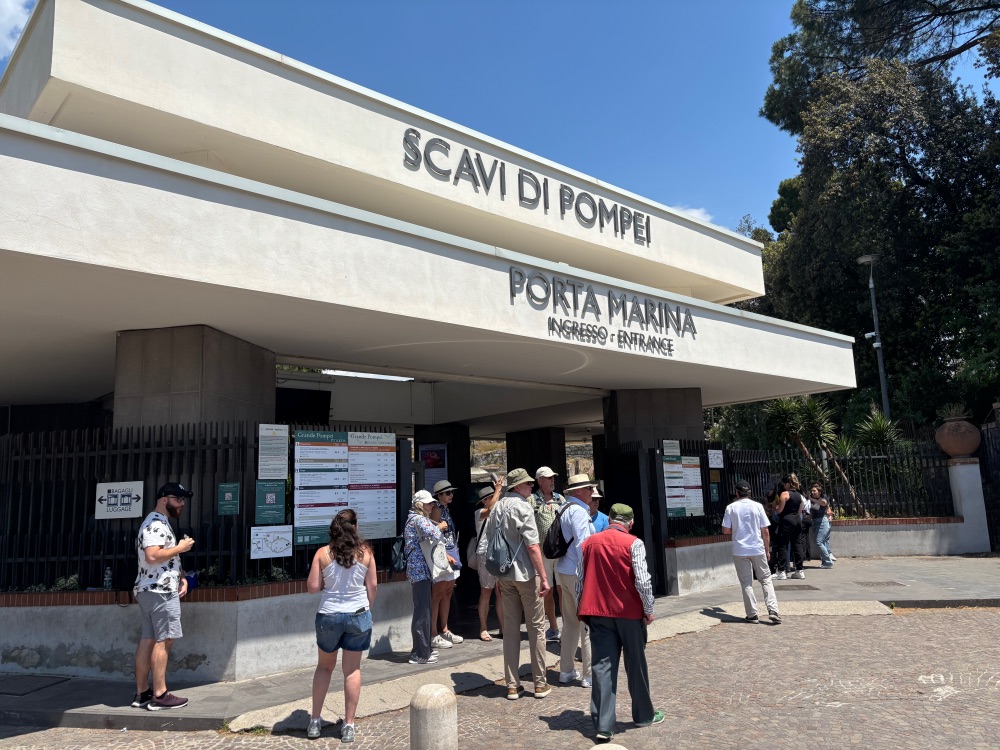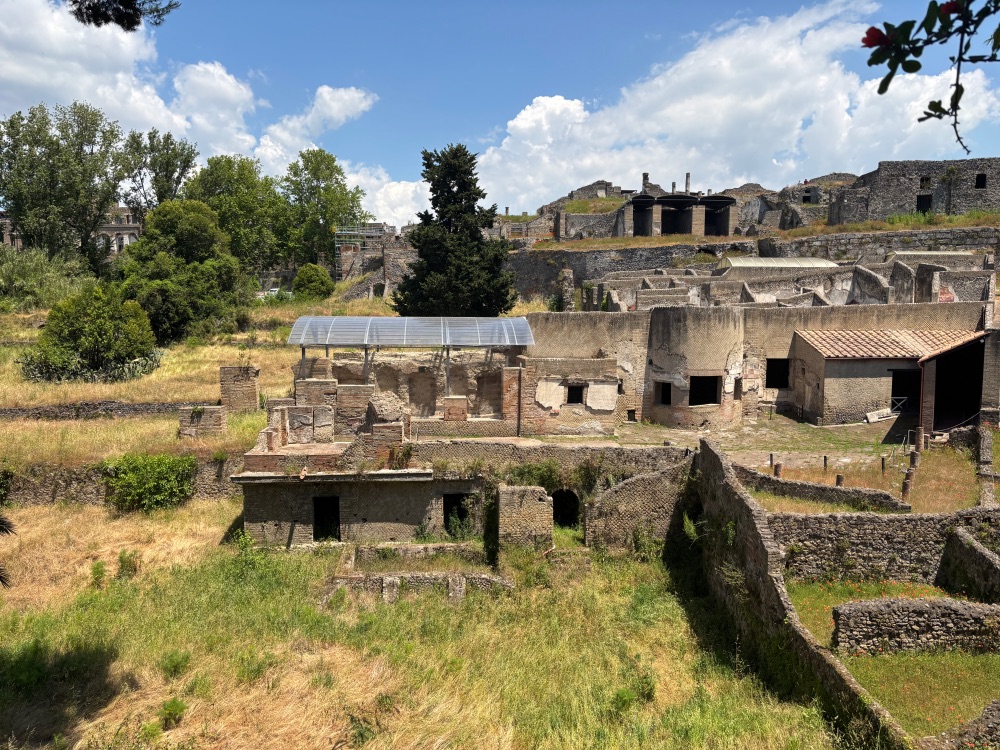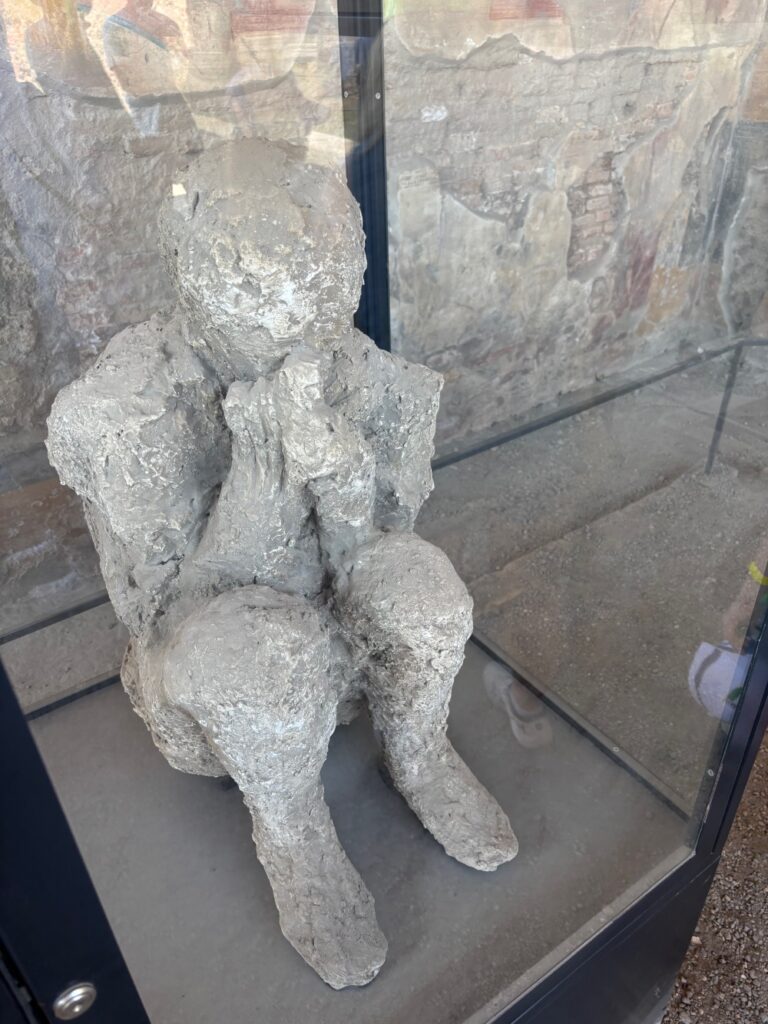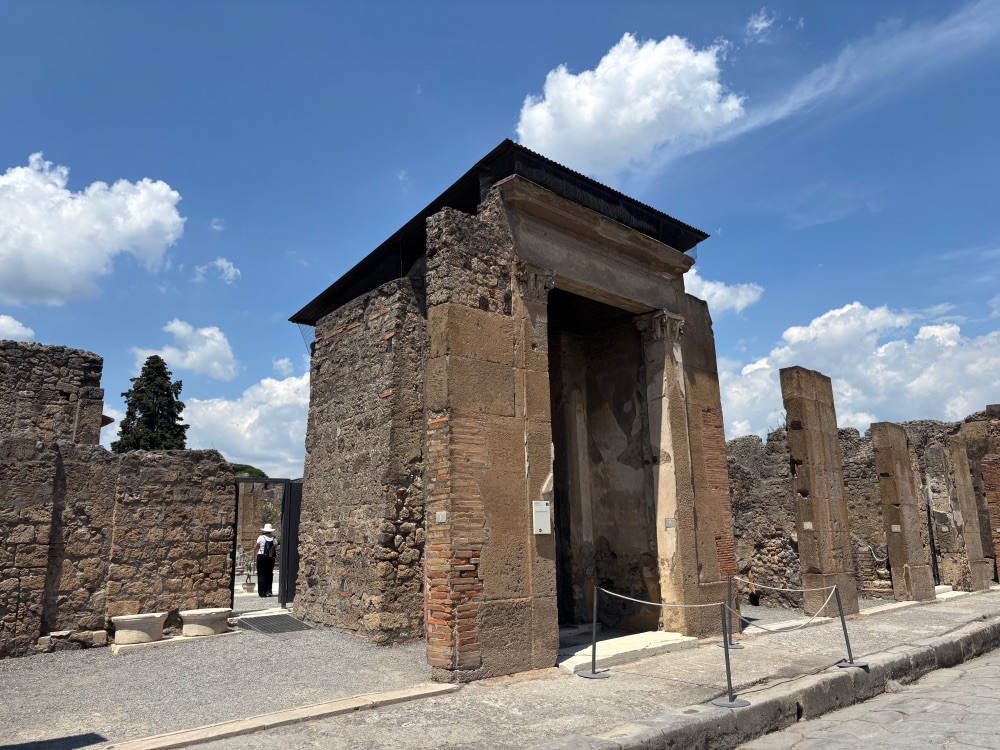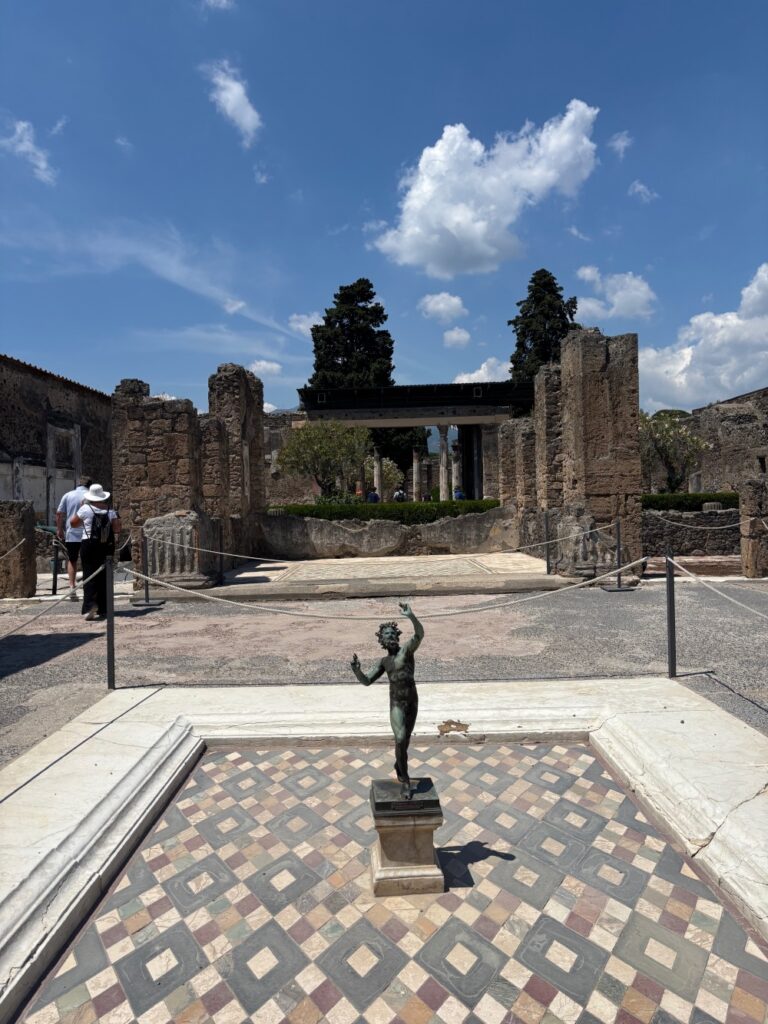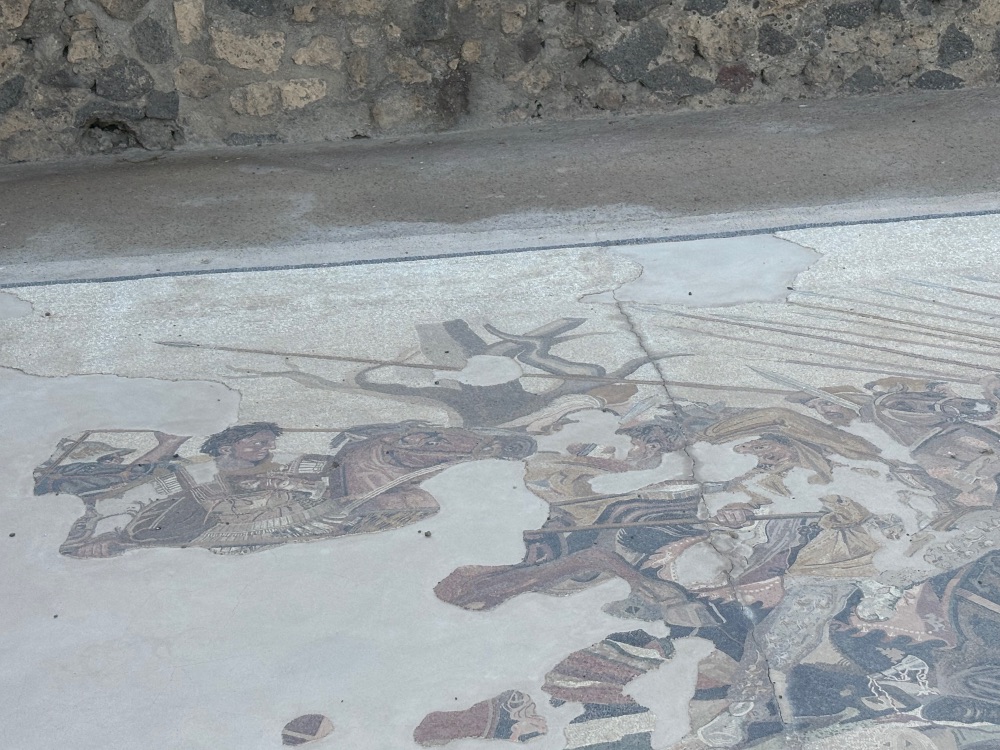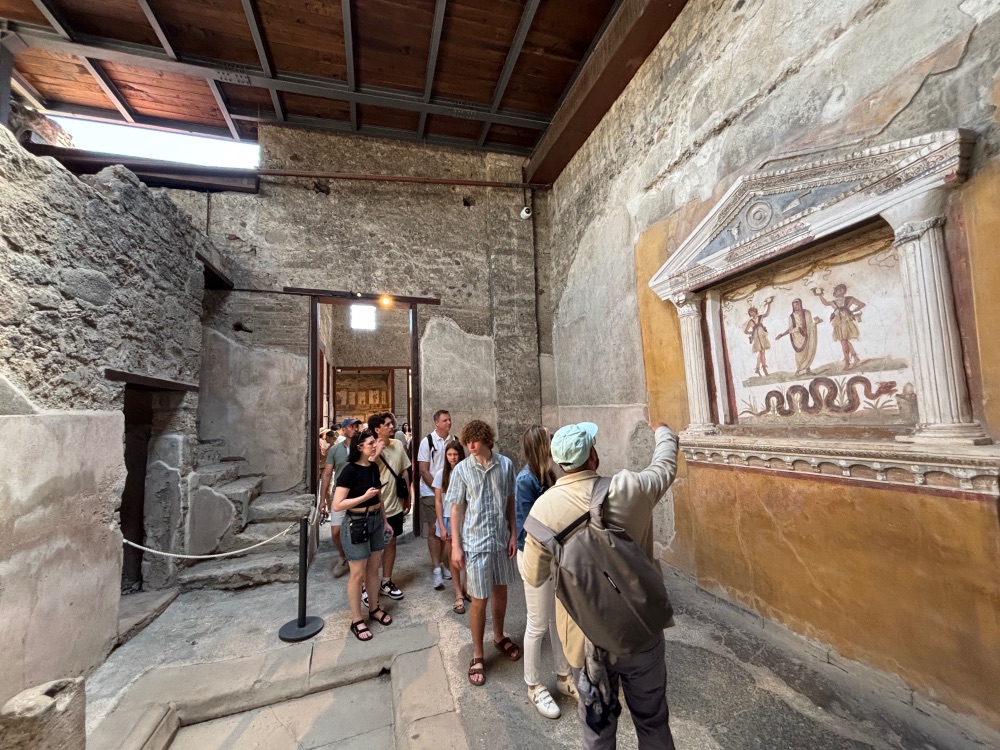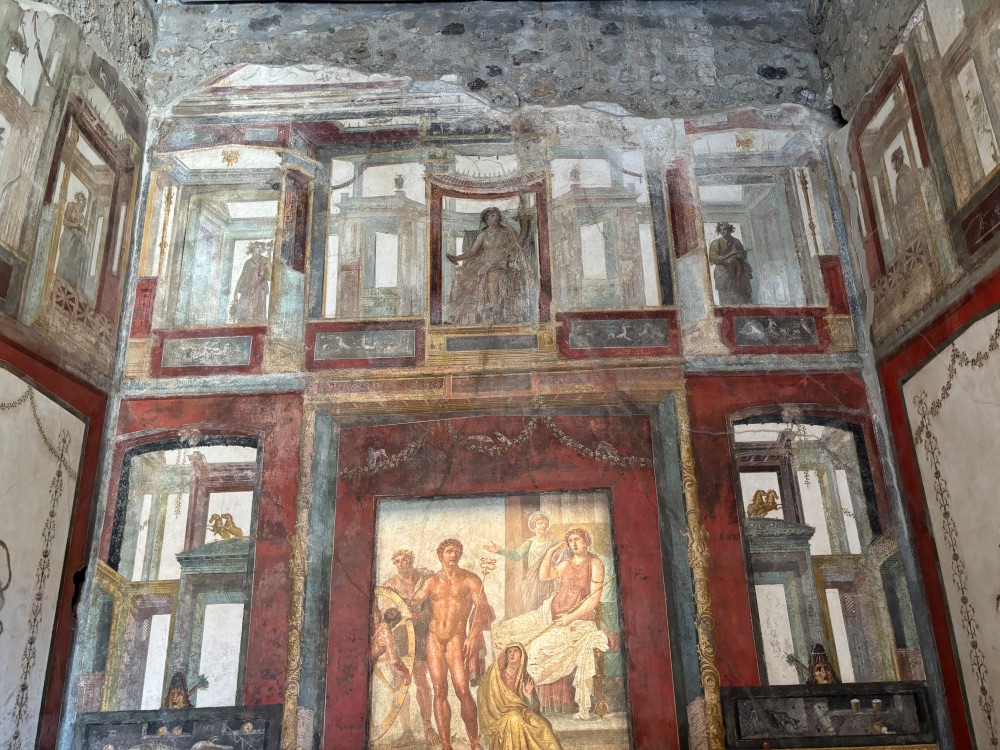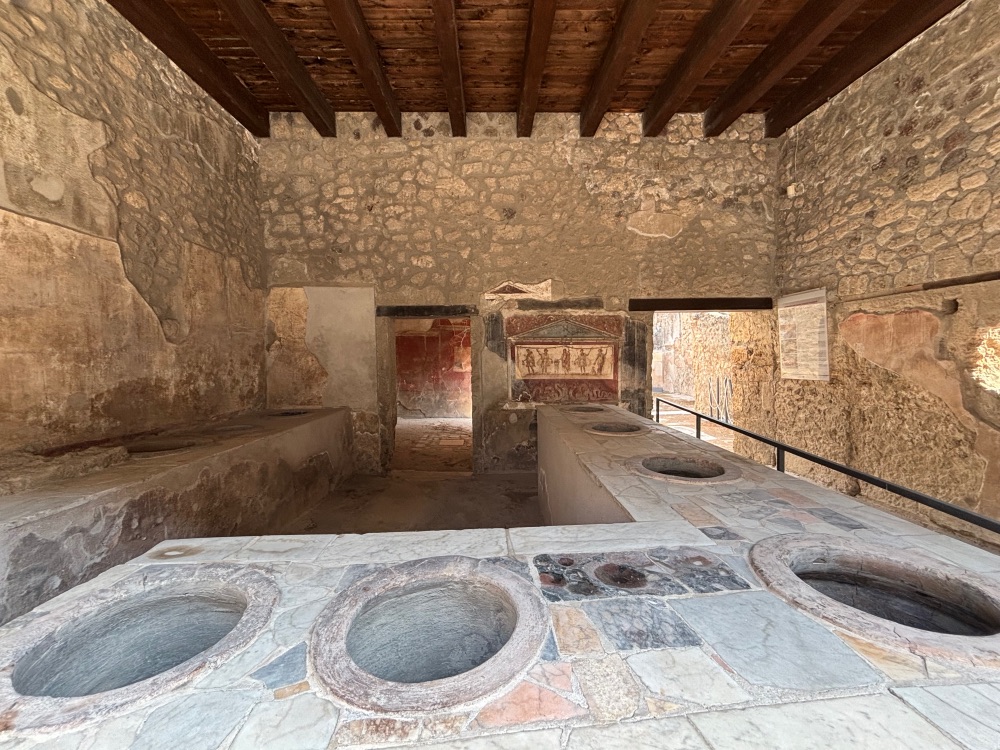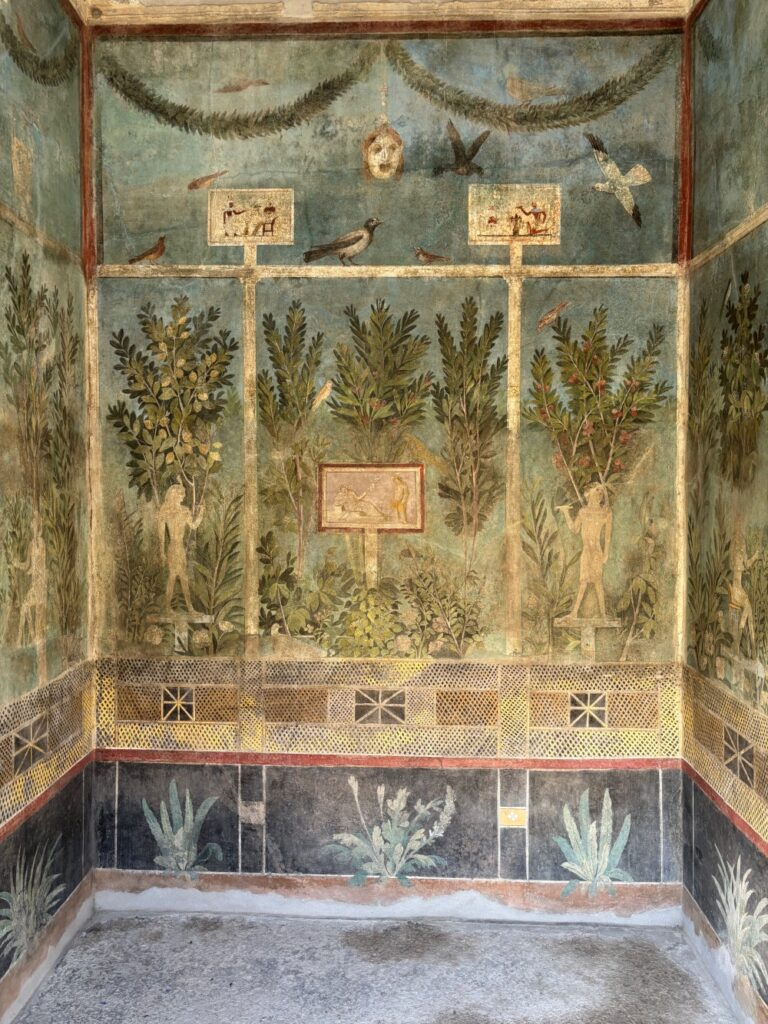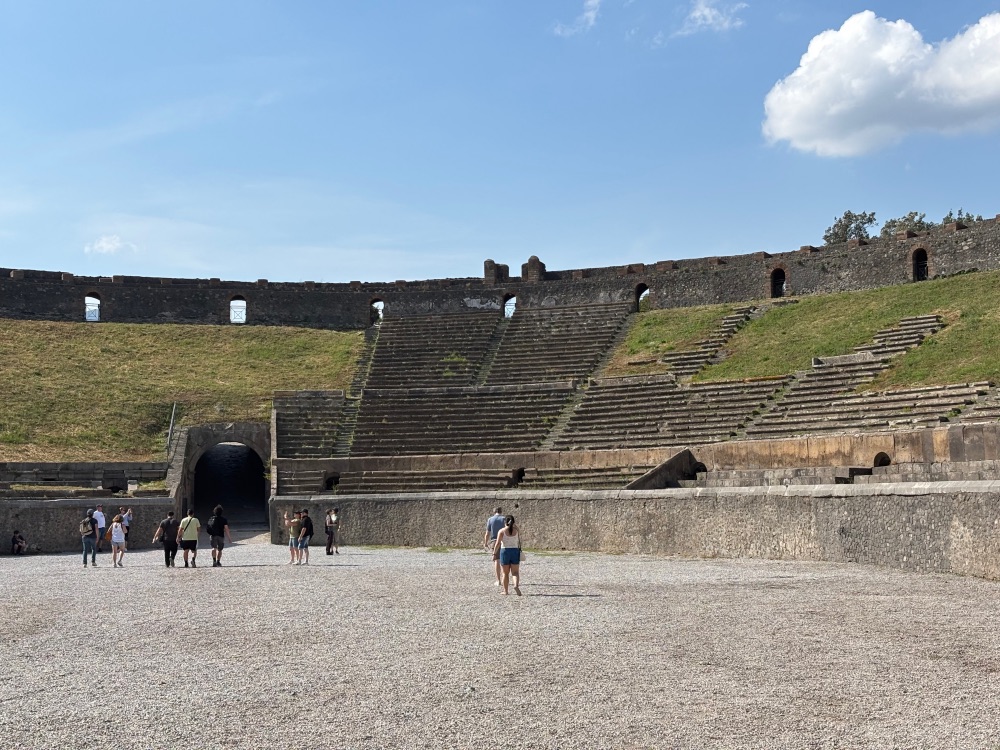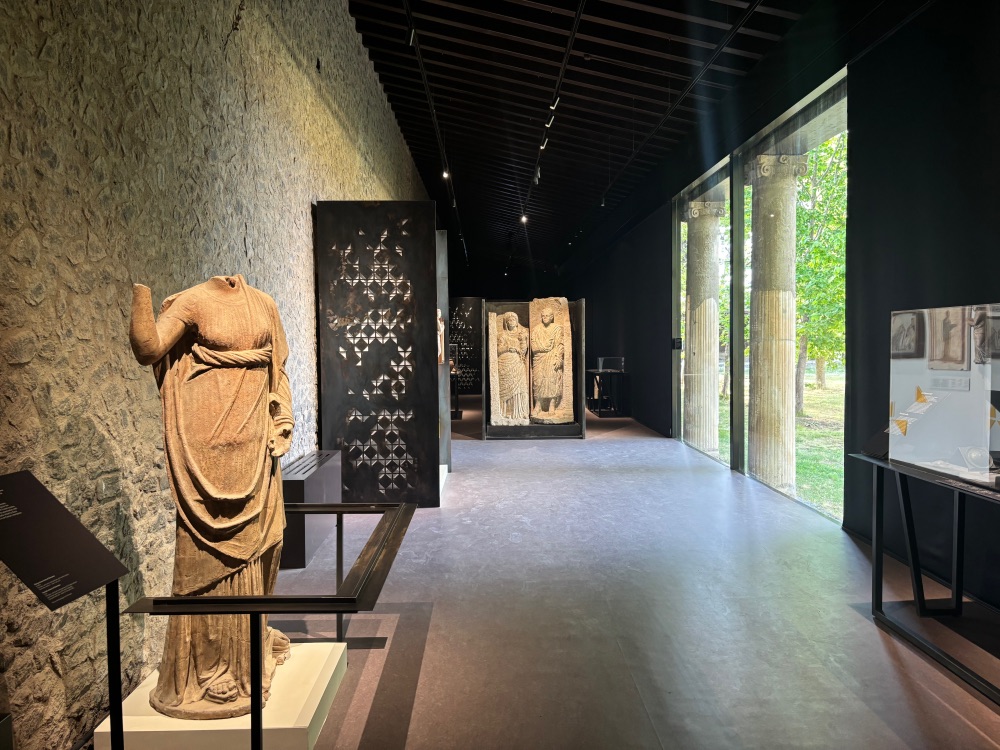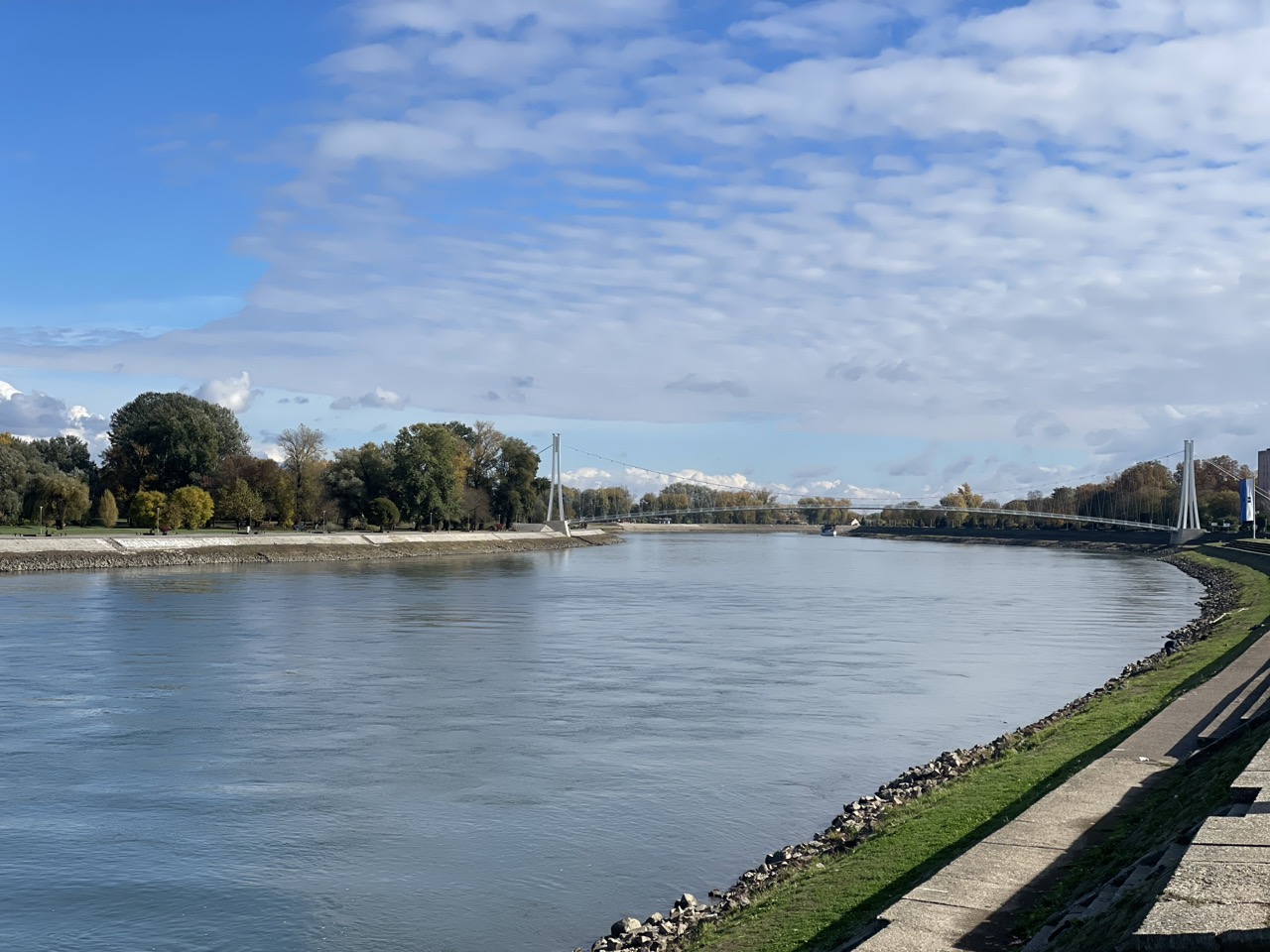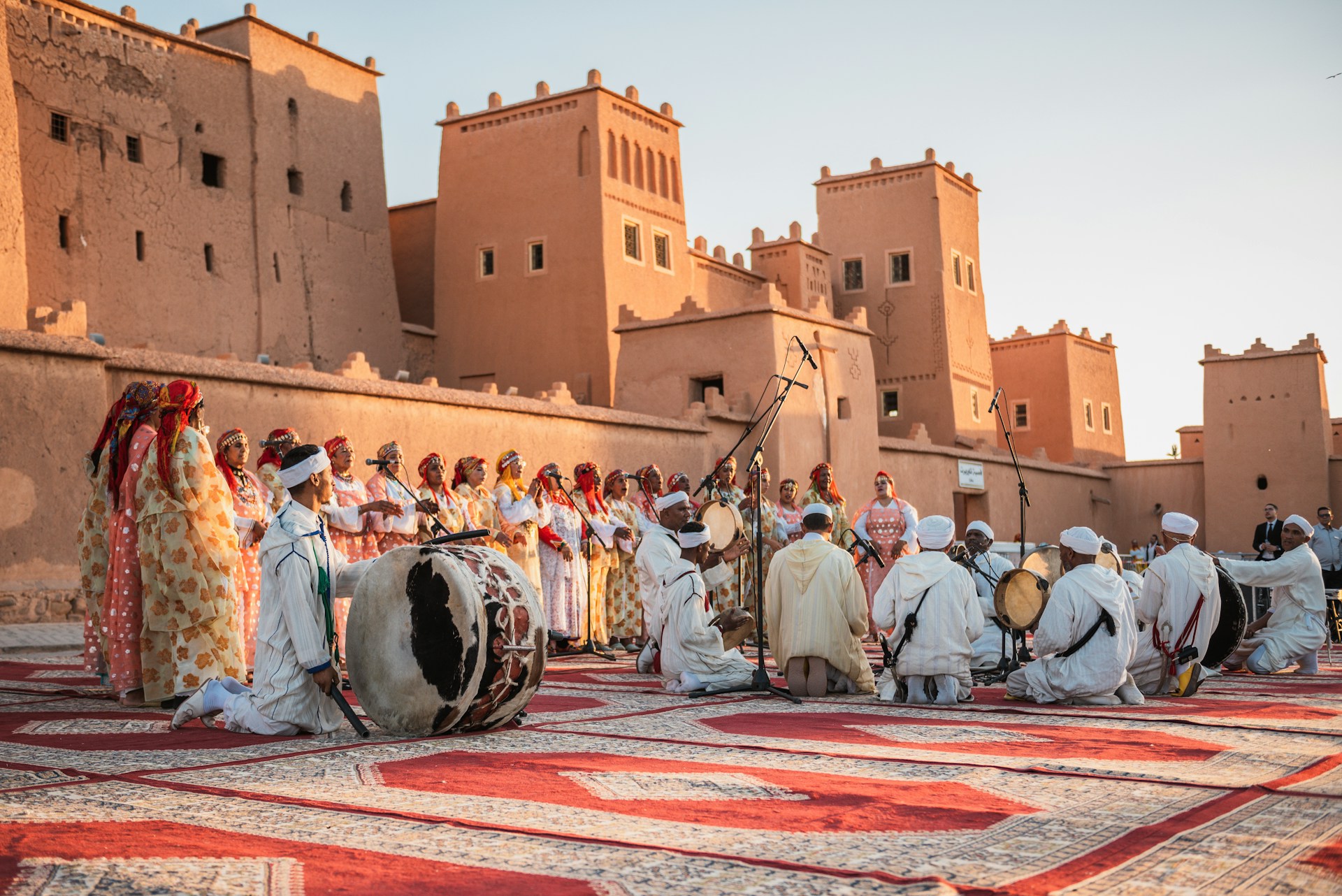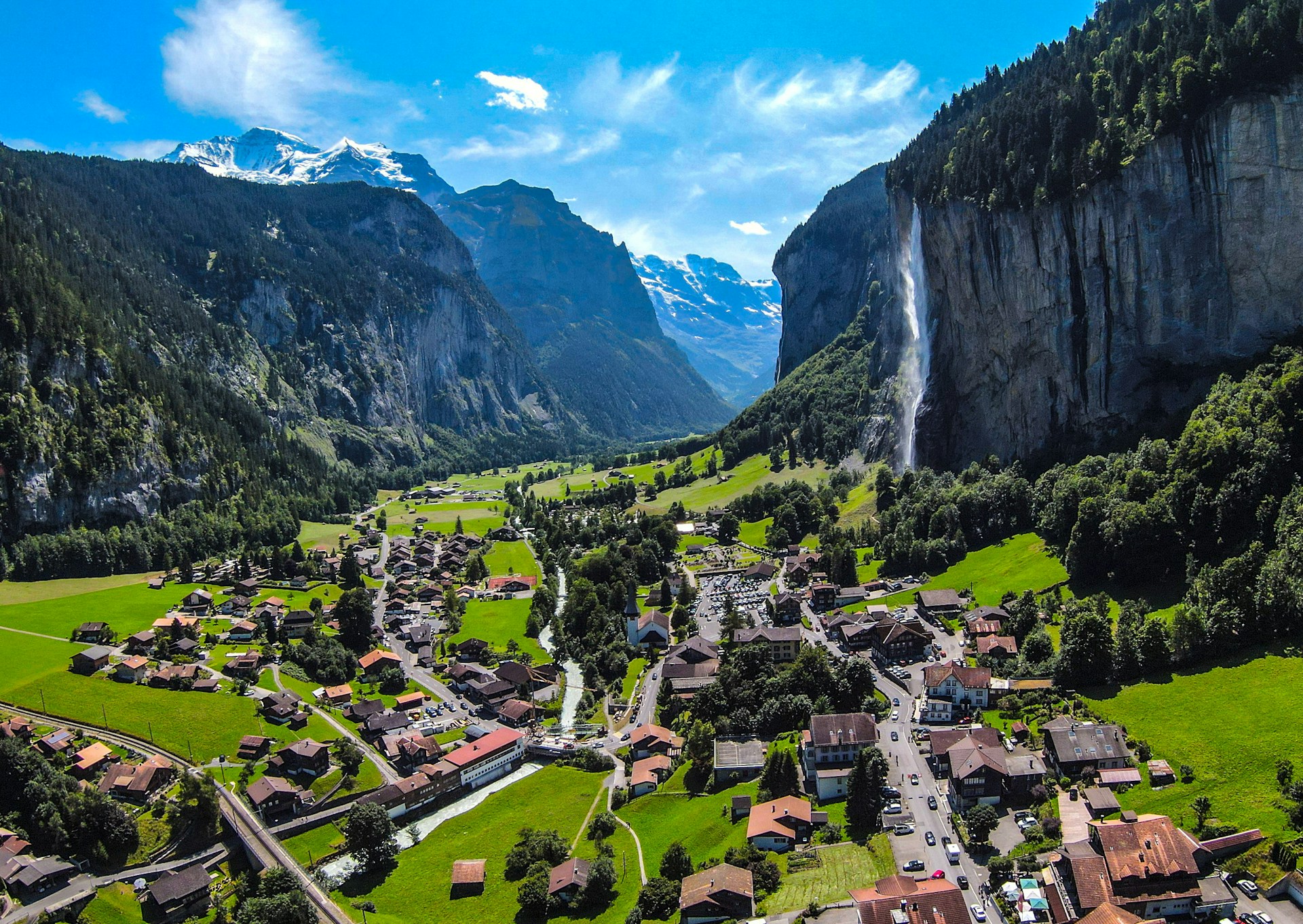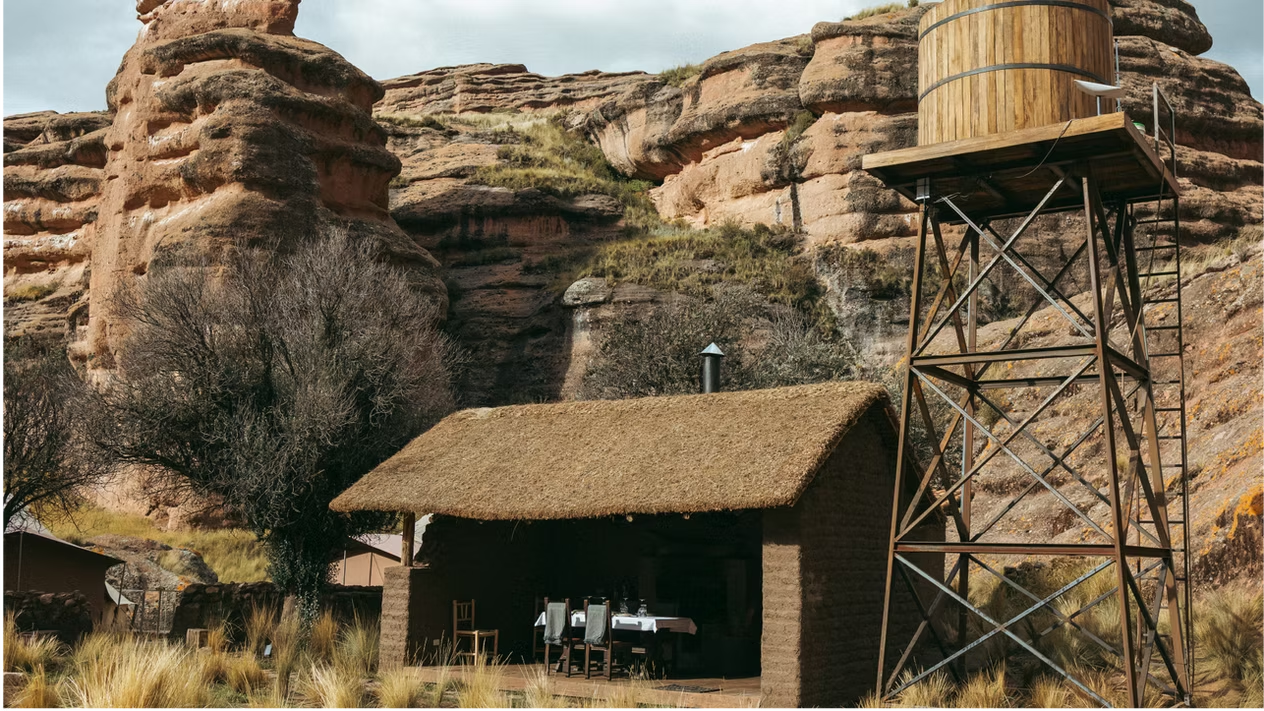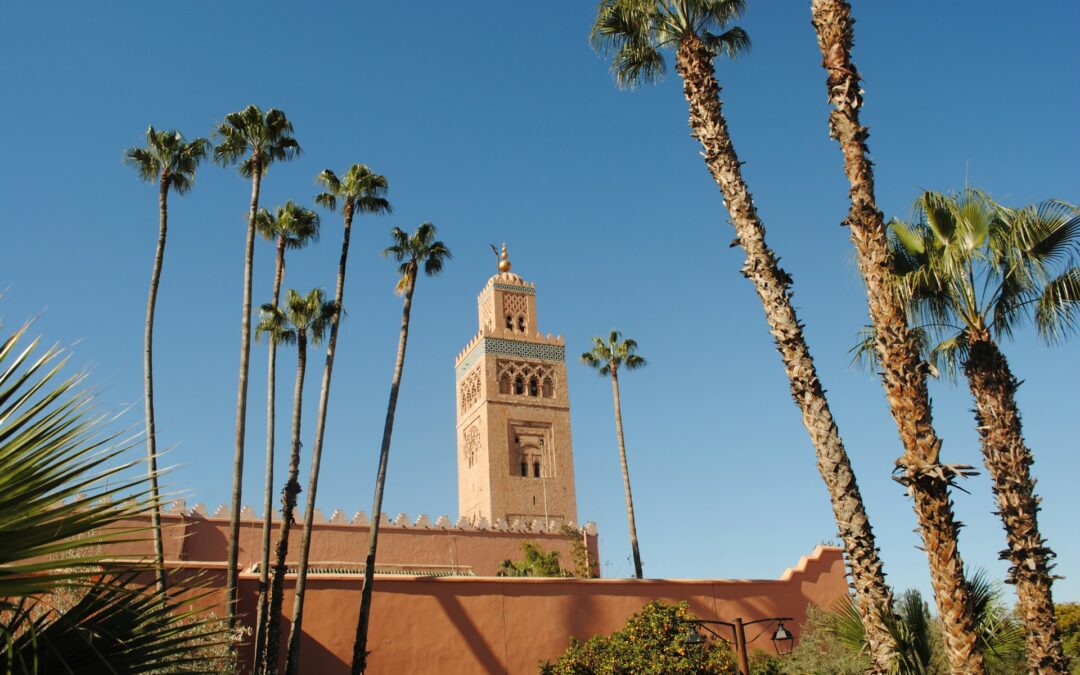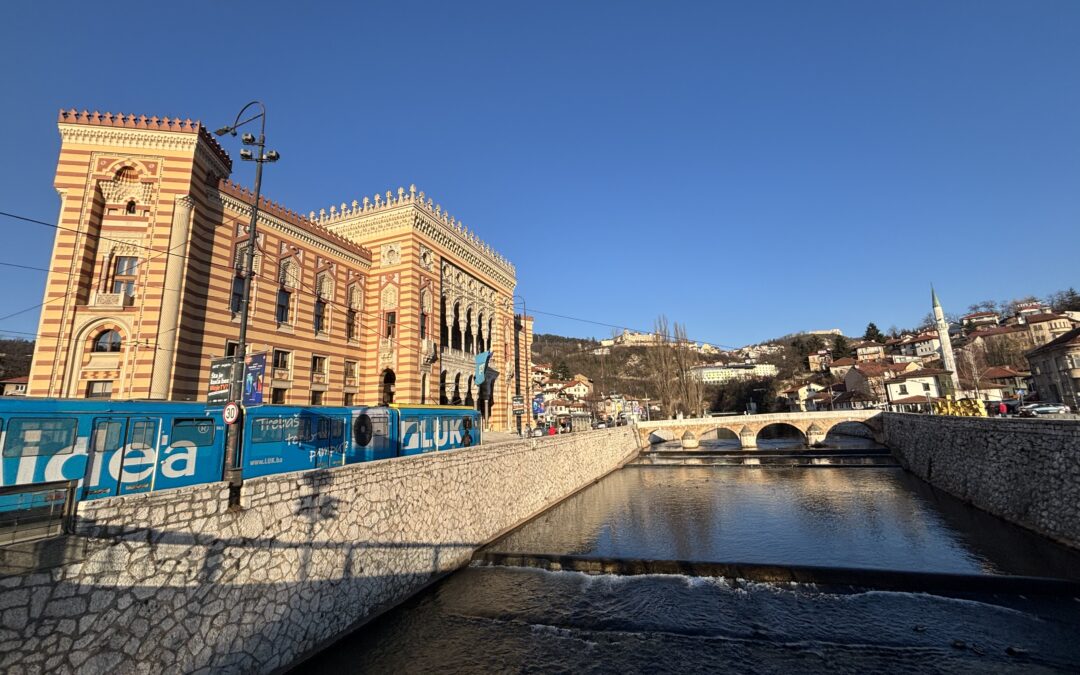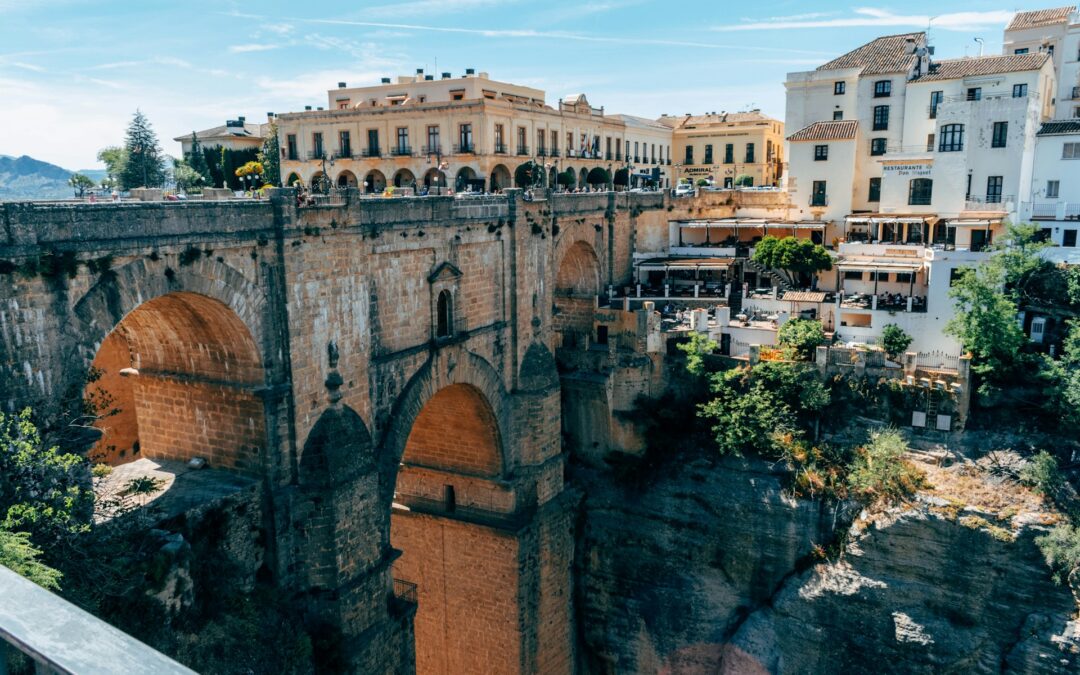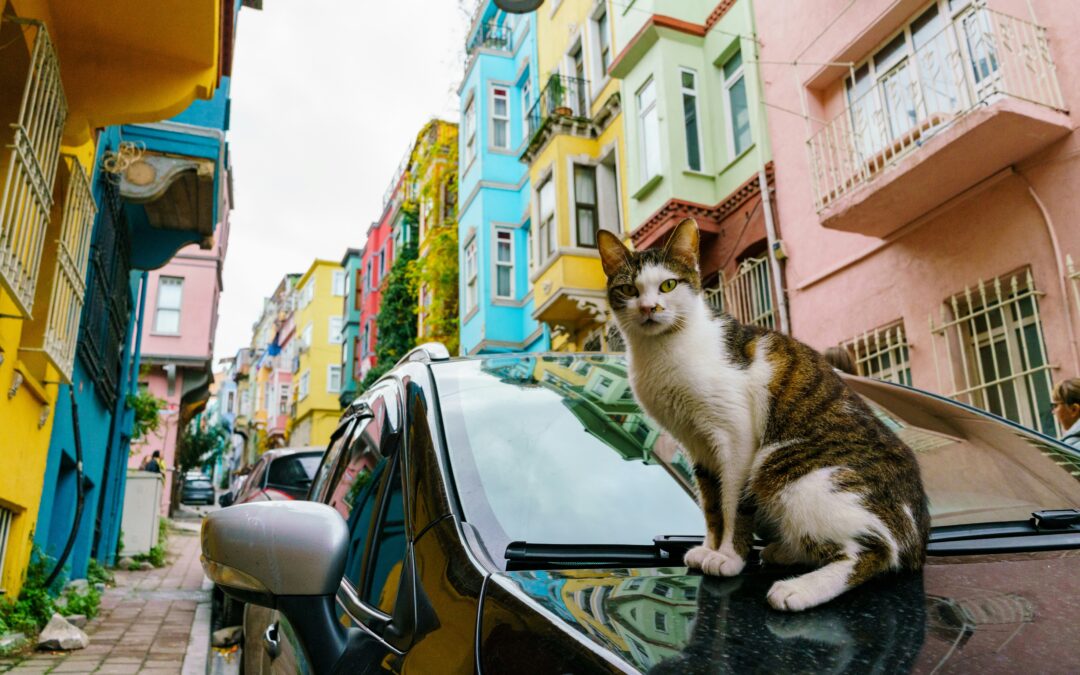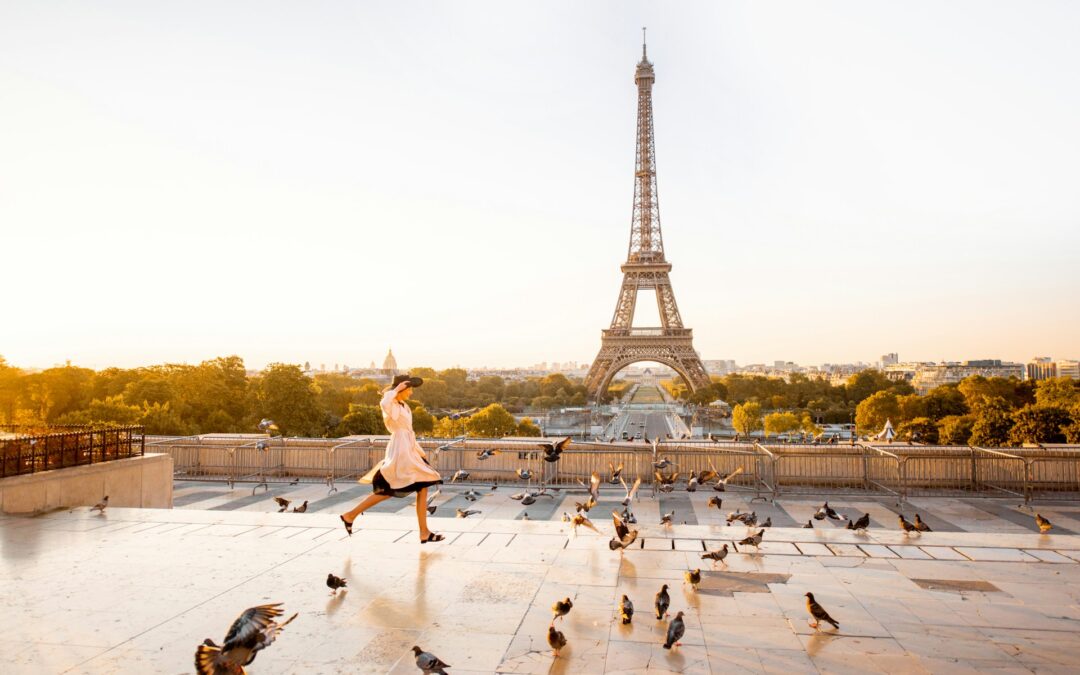Visiting Pompeii is like stepping into a time machine – one moment you’re in the colorful chaos of Naples, and the next you’re walking along the very same streets once trodden by Roman merchants, slaves, priests, and children almost two thousand years ago. Pompeii is not just an archaeological site, but a fascinating fragment of the past, where every stone and fresco tells its own story – often shocking, touching, or simply incredible.
What Pompeii was like before the disaster
At its height, Pompeii was home to between 10,000 and 15,000 inhabitants, and some estimates suggest as many as 20,000 people lived here. The city was an important trading hub, known for its luxurious villas, bathhouses, theaters, and temples. Perhaps the most surprising fact? You can still see the remains of more than 150 street food restaurants, where Romans once served hot meals, wine, and snacks. Ceramic jars embedded in stone counters are still visible today, offering a glimpse into what could be called the original fast-food culture. The Romans certainly knew how to enjoy life.
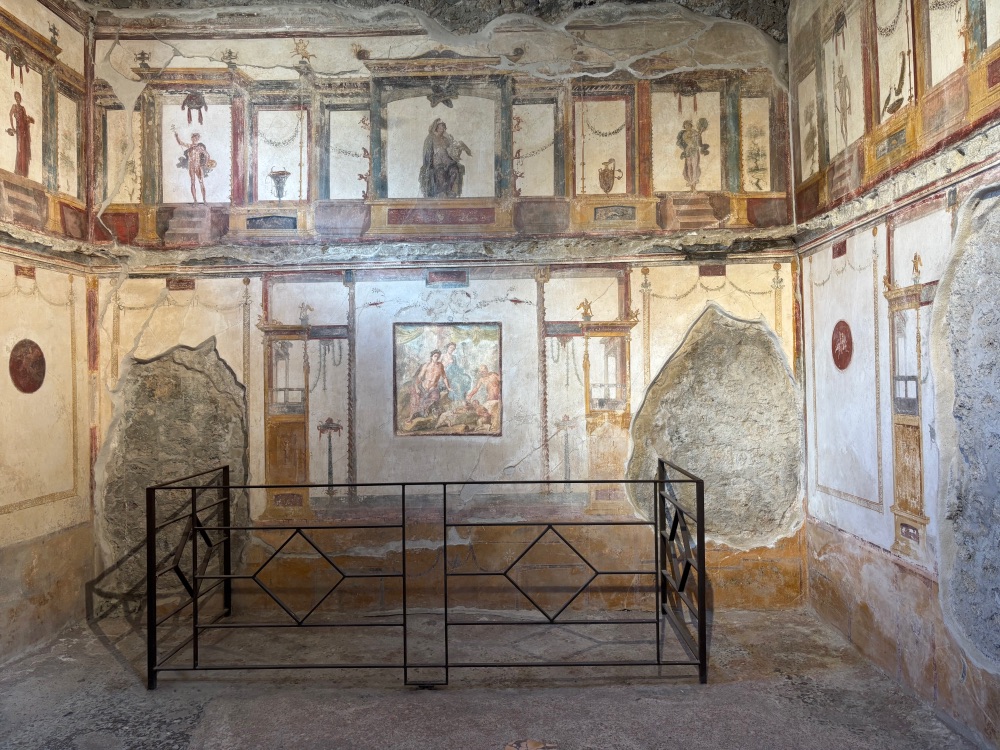
The day everything stopped
The disaster that struck Pompeii was not a sudden explosion, but a three-day drama that began on August 24, 79 AD. On the first day, Mount Vesuvius spewed a massive column of ash and gas, covering the city like a toxic fog. People panicked, some fleeing, others seeking shelter, or even watching from afar, unaware of the real danger.
On the second day, ash and volcanic rock rained down, collapsing roofs and plunging the city into near-total darkness. The third day brought the most devastating moment – pyroclastic flows, scorching clouds of gas and ash, rushed down the volcano at speeds over 100 km/h, hitting Pompeii with temperatures exceeding 300 °C. Those who remained perished instantly. The city was sealed under six meters of ash, forgotten for nearly 1,700 years until its rediscovery in the 18th century.
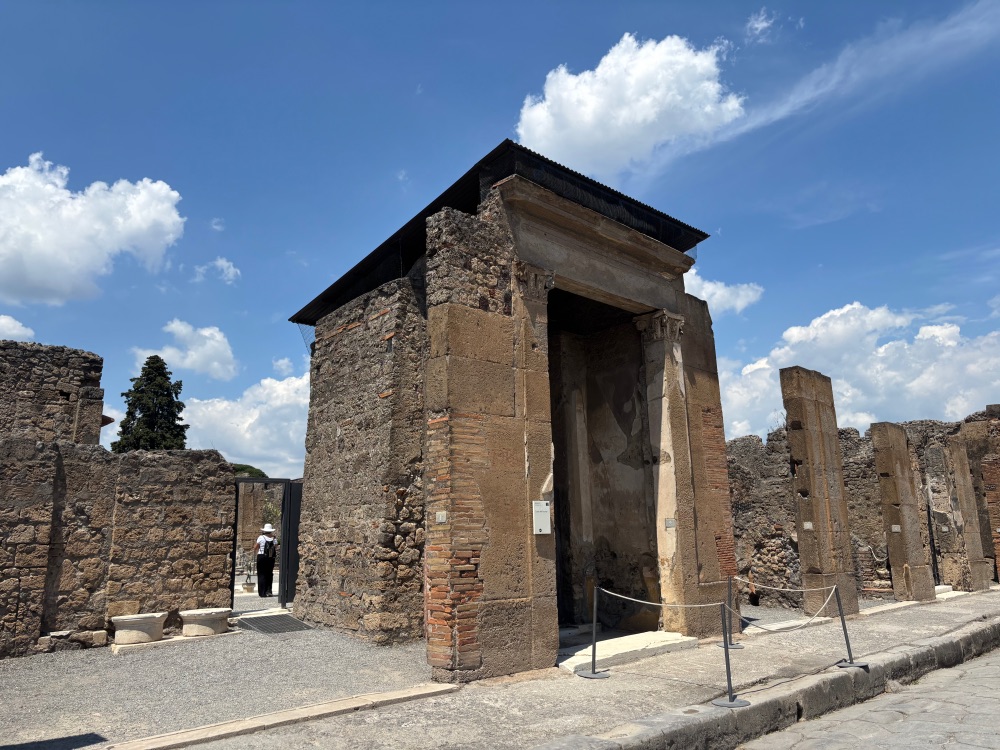
Although many imagine the city was destroyed in an instant, the truth is more complex. In the months leading up to the eruption, there were frequent earthquakes, prompting many residents to abandon their homes. While legends spoke of “tens of thousands of victims,” only about 2,000 bodies have been found. For those who stayed, however, fate was tragic – they died from heat shock and suffocation.
Plaster casts: haunting sculptures of real people
Today, Pompeii is known for its haunting “sculptures” – plaster casts of people caught in their final moments. But these are not actual bodies. During excavations, archaeologists found voids in the hardened ash, left behind after human bodies decomposed. In the 19th century, archaeologist Giuseppe Fiorelli had the idea to fill these cavities with plaster, creating lifelike casts. These figures still contain real human bones inside, making them chilling reminders of lives cut short.
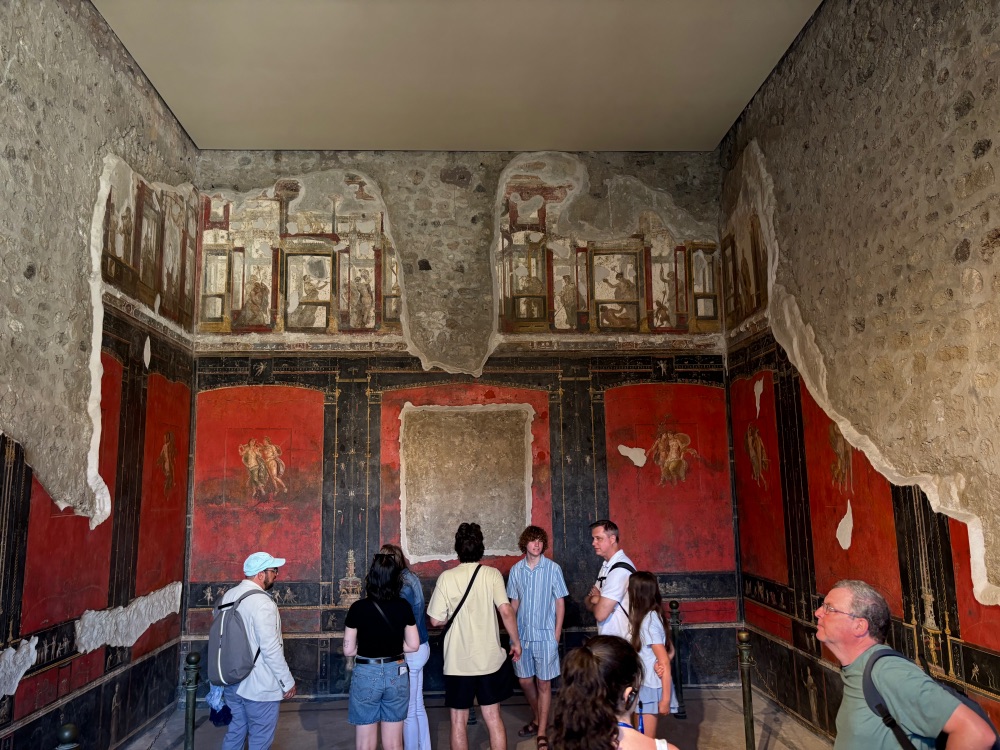
Frescoes, villas, and ancient erotica
Without a guide, Pompeii is fascinating but overwhelming. We booked tickets through booking.com – the standard ticket costs €22, but we opted for a guided tour (€37), and it was worth every cent. The tour lasted about 2.5 hours, after which we spent another four hours wandering on our own.
The highlights are the houses of the wealthy, such as the House of the Vettii, House of the Faun, and the House of the Tragic Poet. Inside, you’ll find frescoes preserved for centuries under ash – scenes from mythology, daily life, and yes, explicit erotic art that Romans considered perfectly normal. One building even houses an ancient brothel, complete with frescoes depicting various sexual positions, serving as a “menu” for customers.
Many of these villas were built on older archaeological layers, since Pompeii was already nearly 700 years old by the time of the eruption. Today, you can see newer houses constructed on top of much older structures.
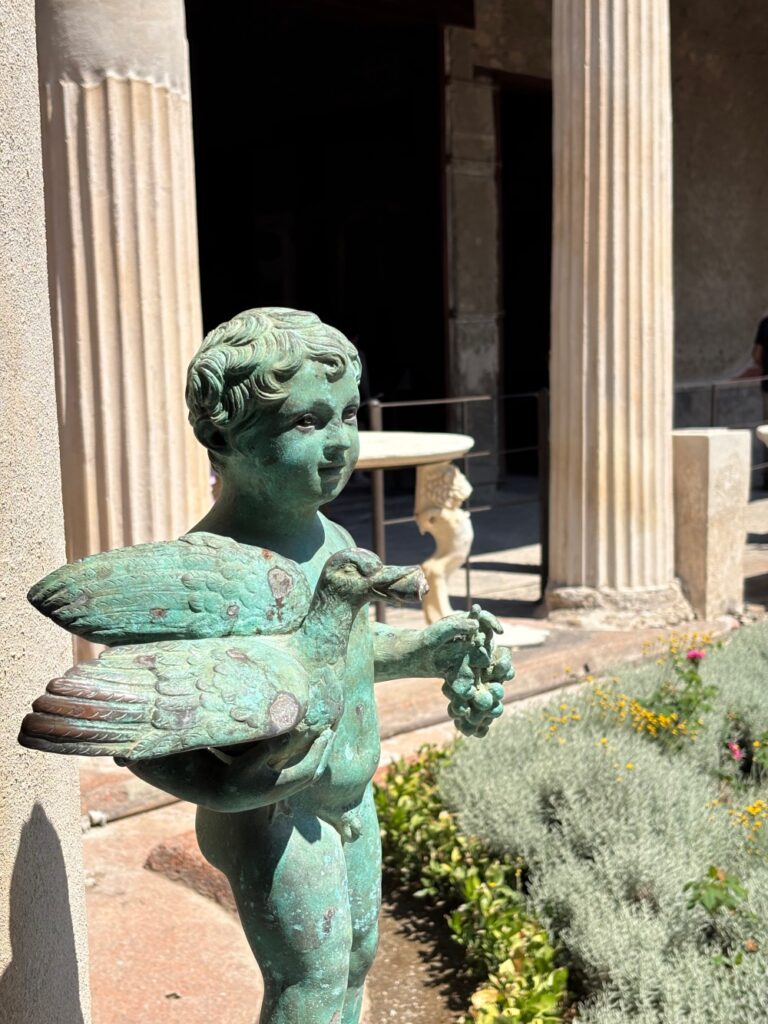
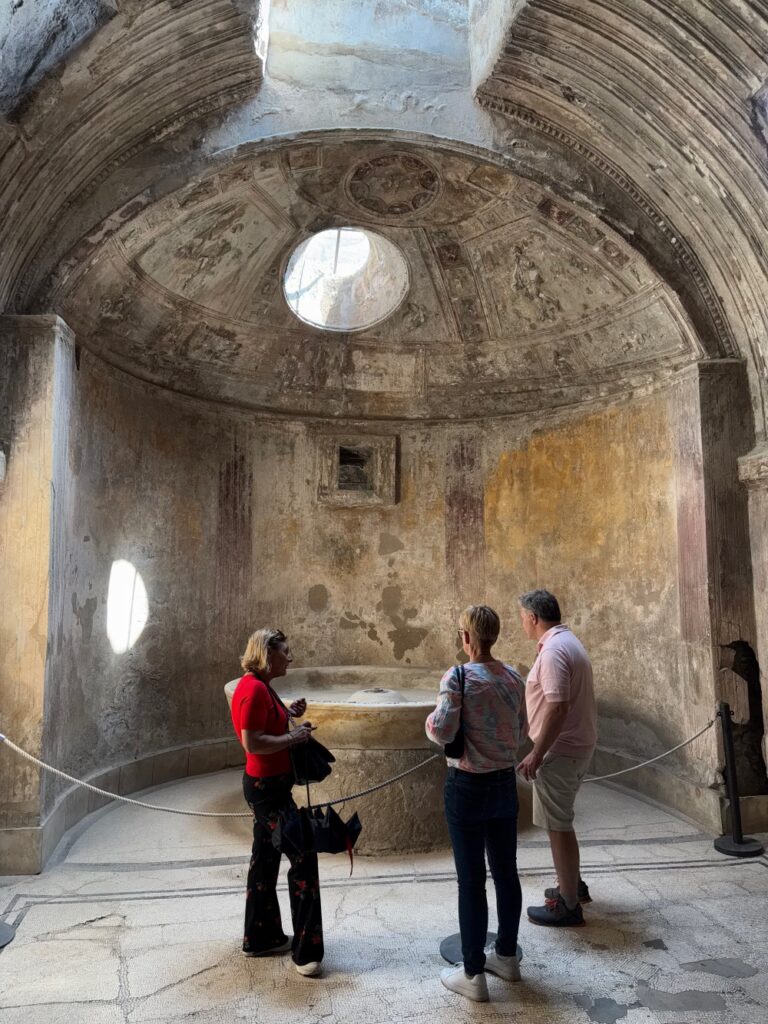
Practical tips: how to visit Pompeii
The easiest way to reach Pompeii is by train from Naples. The Circumvesuviana line runs about every hour, with tickets costing €3.50 one way. The station “Pompei Scavi – Villa dei Misteri” is just a short walk from the main entrance.
There is a café on site, but we recommend bringing your own water, especially in the summer months. Shade is limited, and the sun can be brutal. There are fountains with drinking water, but they are scattered and easy to miss.
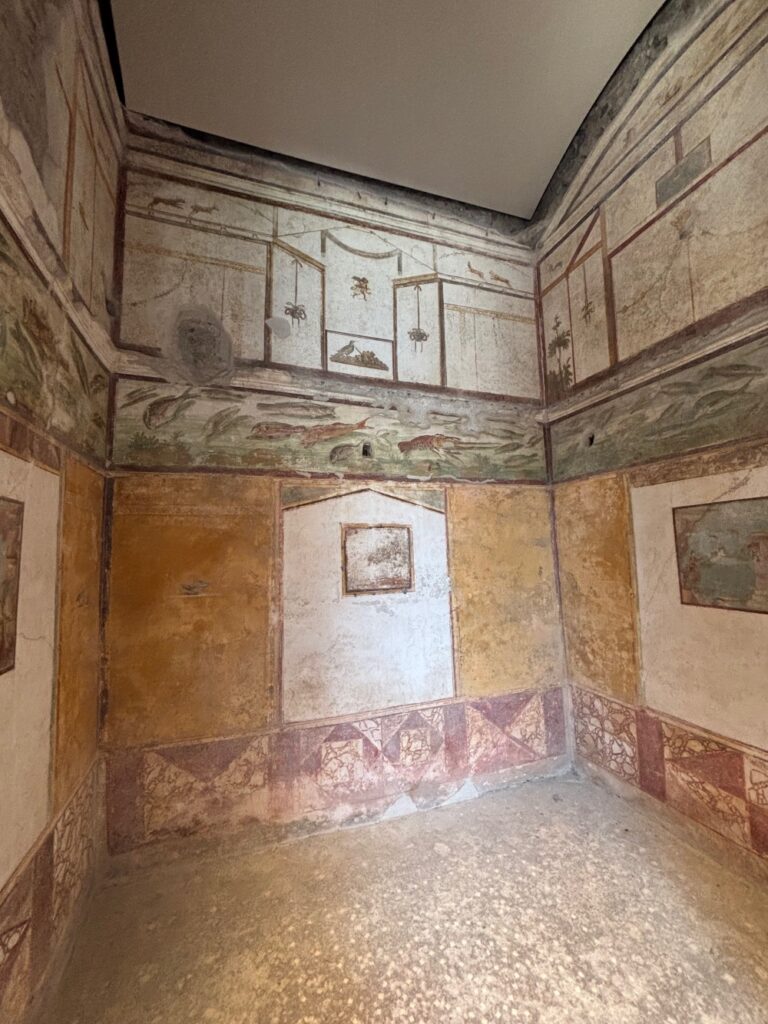
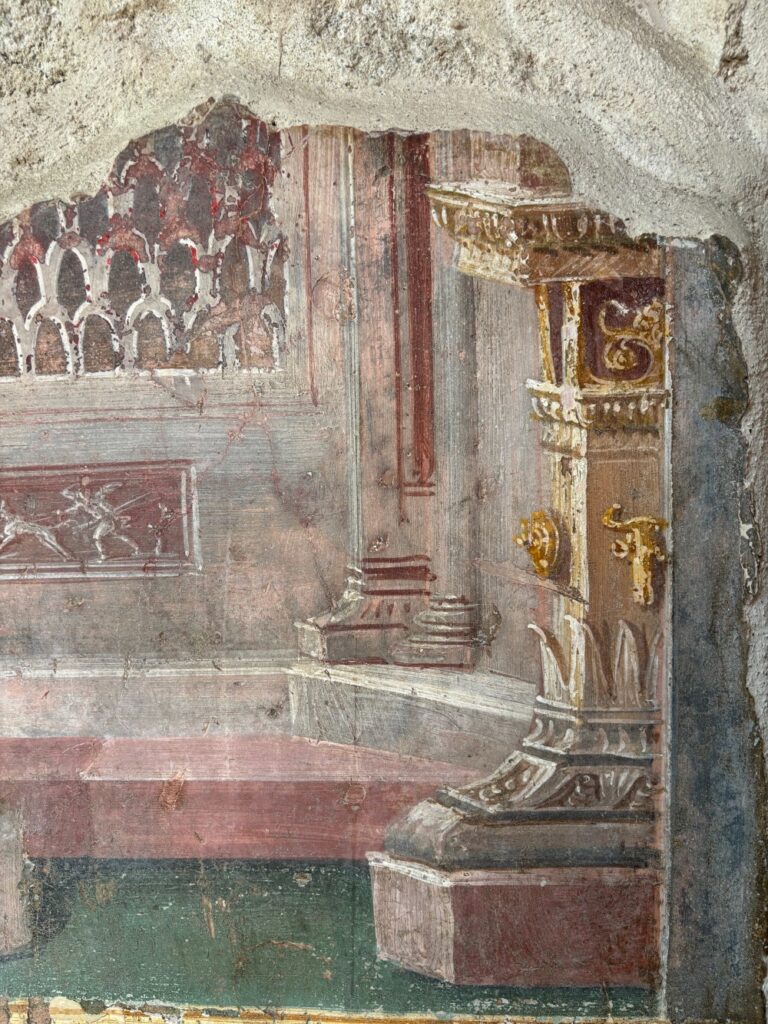
Don’t skip the Forum, Basilica, Temple of Jupiter, market, baths, and numerous thermopolia – ancient food stalls that are astonishingly well preserved. At the time of our visit, a special exhibition titled “Pompeian Women” was on display in one of the restored buildings, showcasing the lives of women in Pompeii – from slaves and priestesses to wealthy matrons – through artifacts, personal items, frescoes, and inscriptions.
Why Pompeii leaves a lasting impression
Pompeii is not a place you simply “visit.” You walk the same streets as people did 2,000 years ago, see graffiti scratched into walls, and stand before frescoes painted long before modern Europe existed. In just one day, you relive an entire history – and leave Pompeii quieter, more reflective, with a deep sense of respect for the power of nature and the fragility of civilization.
